From black-stoned pyramids staggering out of the Sudanese desert to the silhouetted bare bones of England’s Gothic Whitby Abbey in North Yorkshire striking abandoned sacred places can be found across the world.
They’ve a certain morbid, yet romantic appeal.
“An abandoned place, anyone with any imagination lets their mind roam, you imagine what it was like in its heyday,” says author Lawrence Joffe, whose new book “Abandoned Sacred Places” examines tombs, cathedrals, churches, mosques, synagogues and burial places across the world, which time has marauded and nature’s reclaimed.
Joffe tells CNN Travel the appeal of the images in his book is not just that they’re often aesthetically striking – they also give an insight into the history of the world:
“Seeing an abandoned place can give you a sense of the fate of nations and peoples,” he says, pinpointing abandoned synagogues in Europe.
Joffe worked with the team at British publisher Amber Books to amass an array of religious sites – from manmade to natural formations – that team with stories and sometimes unanswerable questions.
Faith and change

Places of worship can be abandoned for many different reasons.
“It can range from anything from a change of faith and conquest, running out of money, and, of course, earthquakes and natural disasters,” says Joffe. “I was struck by how many churches were submerged in water, for instance.”
One of the most extraordinary photographs in Joffe’s book shows a 14th century Romanesque church spire peeking out from the watery depths of the Reschensee lake in South Tyrol, Italy.
It’s an otherworldly, ethereal image that belies a darker truth.
“It looks like a fairy tale to us. But of course, for the people who there they were given short notice to leave the village and their beloved church,” says Joffe.

The lake was artificially created in 1950 and the Italian village that used to lie there was deliberately flooded with water.
The book includes the world’s most famous abandoned sacred places – England’s Stonehenge, for example, adorns the front cover, while flipping through the book reveals insight into the Bagan Buddhist temples, in Myanmar, and tombs of ancient Egypt.
“Each picture carries a story, I think, not just of the building, but of the community that people used to worship there,” says Joffe.
“In the case of South America, or Egypt, it was also an expression of political power – politics and rulership and religion were often three sides of the same coin.”
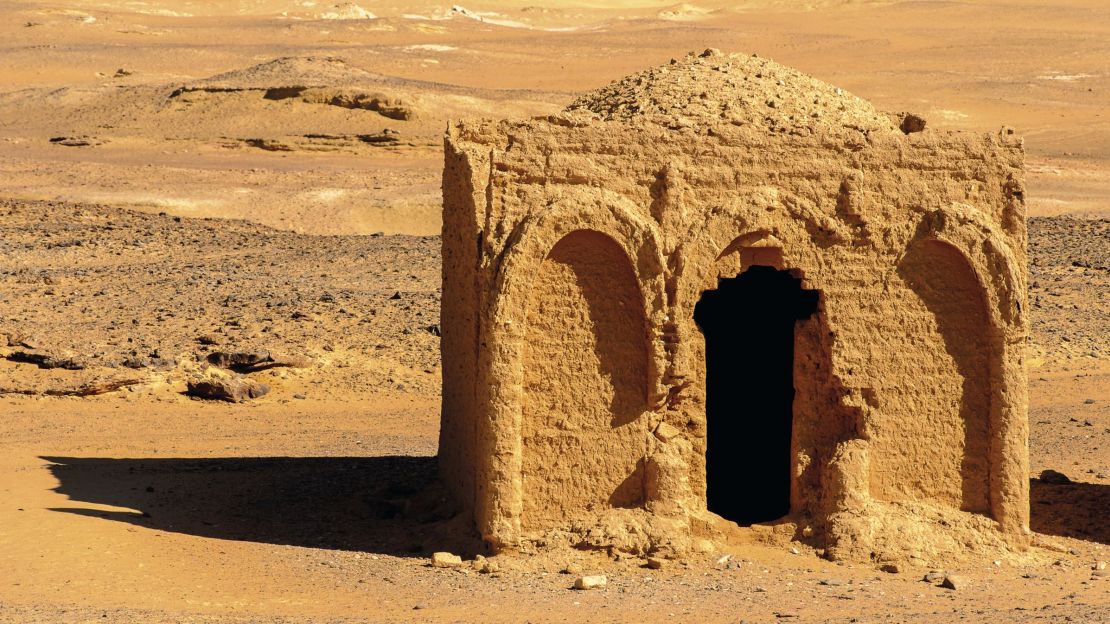
It’s easy to romanticize an abandoned place, but Joffe also points out many were built at great human cost – or were abandoned in wars, genocides or tragedies.
He begins the book with Percy Shelley’s “Ozymandias” – a poem that muses on time’s impact on buildings.
“It tells you about mortality on the gloomy side, but it also tells you something about eternity, I think, because the faith inherent in that building is still lingering there, even if the people are gone.”
Circle of life
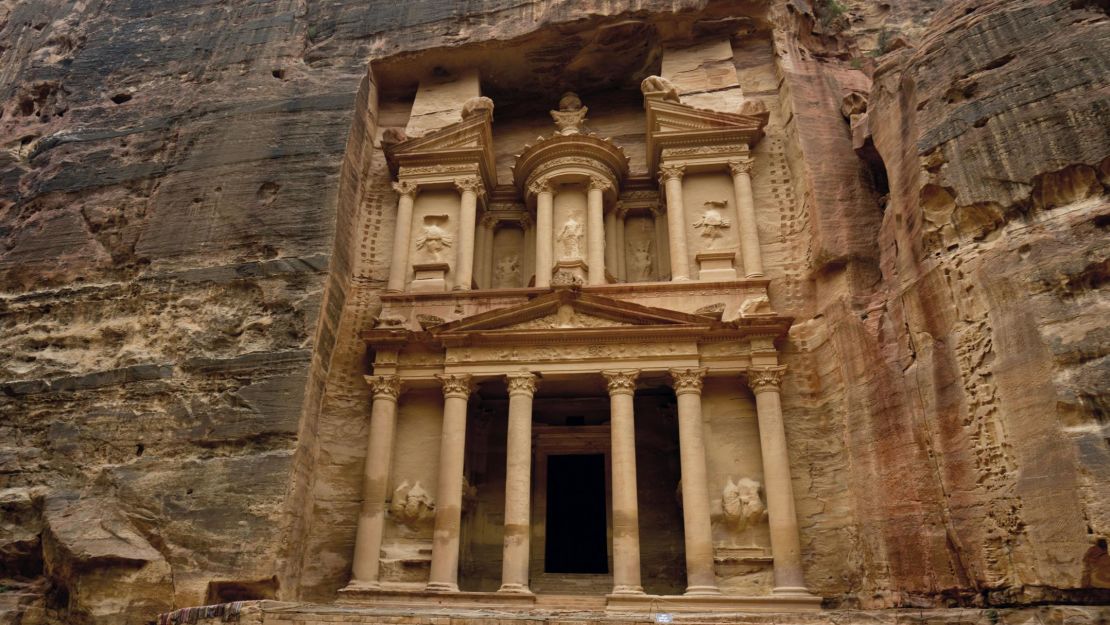
Joffe brings up the Notre Dame fire – which happened after the book had gone to print.
The global reaction, he says, touches on the particular fragility of religious buildings – which have often seen repeated change, destruction and rebirth.
“If you go to a church, you see that, essentially, it’s got a history of repeated attempts at destruction and reconstruction, construction. It’s a rich in the narrative story of society and how creative and how destructive humans can be.”

Spaces that had changed their religious affiliation – such as cathedrals that have become mosques or vice versa – weren’t included in the book, but are also fascinating places, Joffe says.
The historian has visited many of the spots in the book, but not, he admits, all of them – although he’d love to one day.
His favorites include Tintern Abbey, in Wales in the UK and the Treasury, in Petra, Jordan.
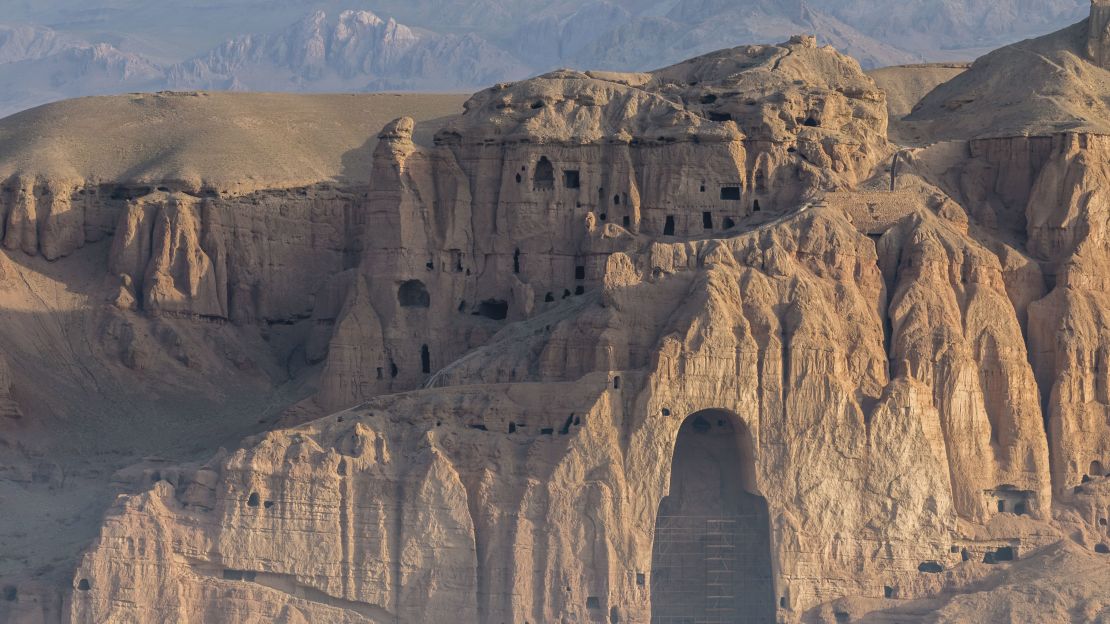
The Treasury, in particular, was an unforgettable experience.
“That’s like an adventure, you walk down a long tunnel in the mountain, then suddenly, it opens up after a mile. You see the treasury– it looks majestic, but the treasury is a misnomer, it’s actually a tomb full of medieval religious images,” he recalls.
“In that case, the spirituality of it was not obvious unless you’re looking for certain signs, but certainly you get an impression of an amazing civilizations, which blended together.”
Individual stories
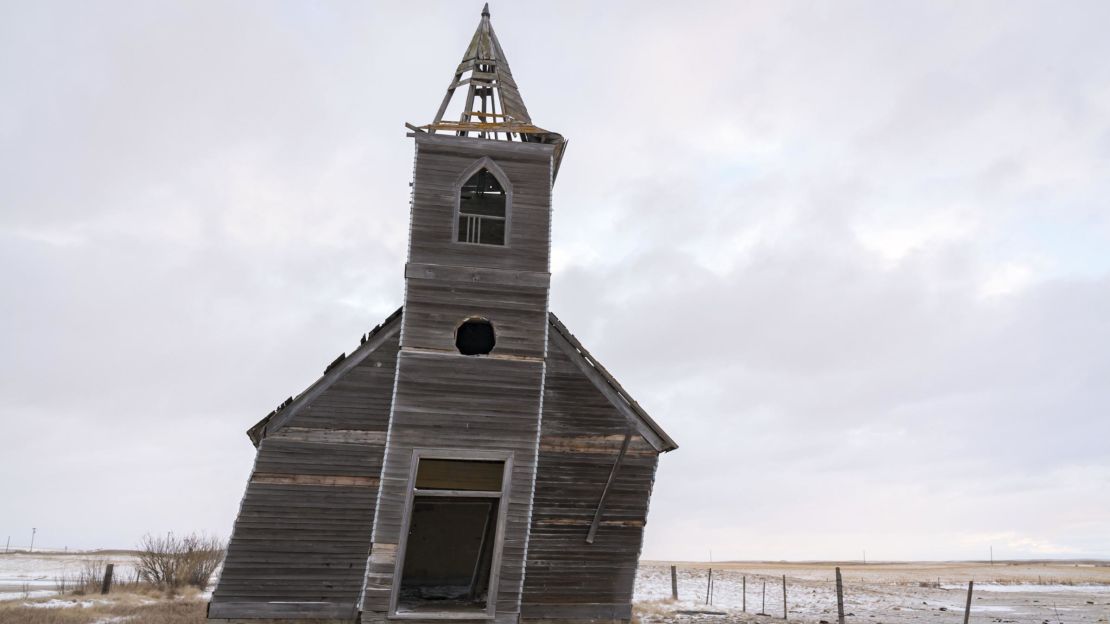
When compiling information on the abandoned places, Joffe relied on extensive research in libraries and online.
It’s not always easy, he says, to discern the facts – particularly about buildings from centuries gone by. He’d come across different dates and numbers, plus historical theories are constantly changing.
Once he’d confirmed the information, Joffe had to compile his findings into a concise and informative paragraph.
“I try to cover the bases, saying who the people were who worship there, how the building came into disrepair and something – because each building has a separate story.”
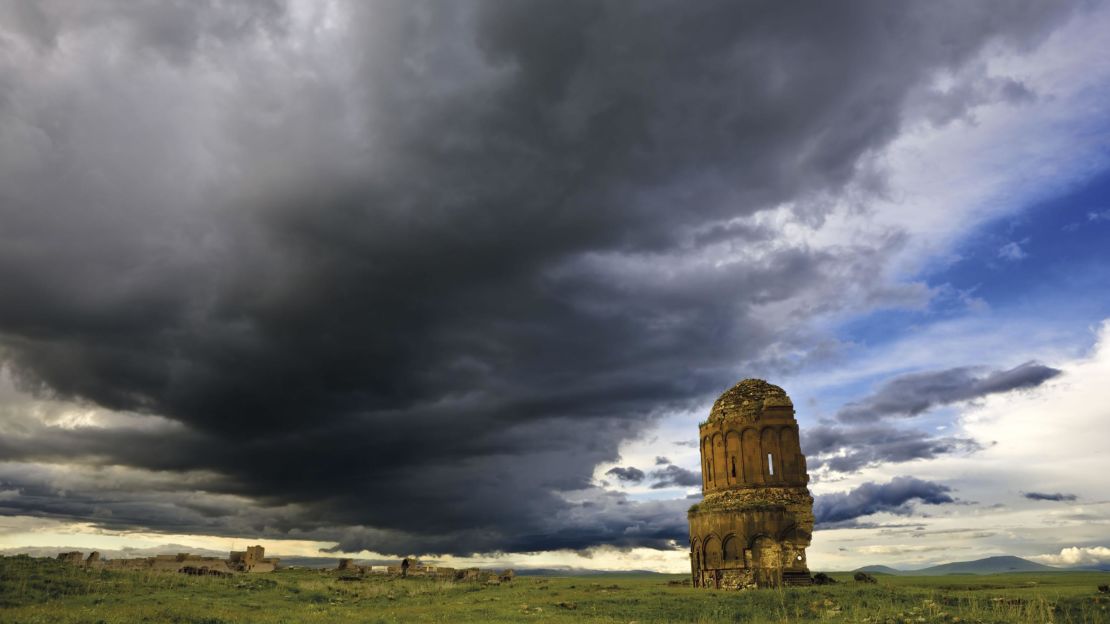
There are common themes in the history of the places – such as regime changes rendering religious sites extraneous. In many Eastern European countries, for example, churches closed during the Communist era.
The Bulgarian synagogue in Vidin that’s featured in the book was abandoned following World War II, when many Bulgarian Jews left the country. The then-Communist government planned to repurpose the building, but it never happened – instead, it was abandoned following the collapse of the Communist regime.
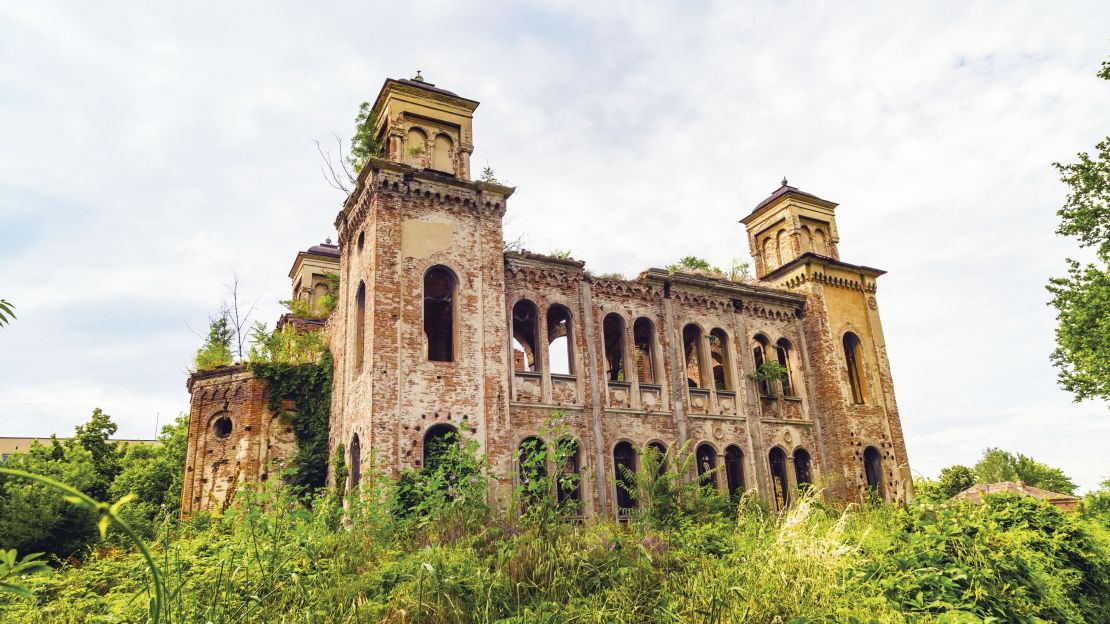
Another commonality was ancient religious sites acting as kinds of calendars, like Stonehenge:
“It’s amazing how the ancients – before mathematics – actually worked out when the sun was going to go here or there, you realize how important nature was in the life of ordinary human beings.
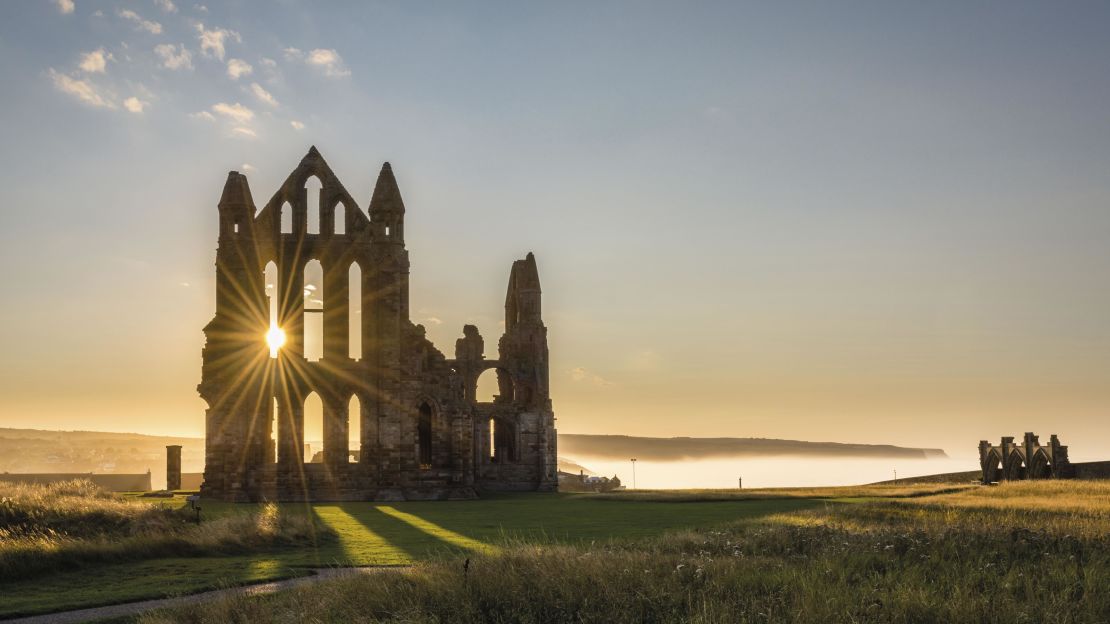
Today we take that for granted, but the temple, the sacred place, was actually a marker of time as well.”
It’s important, however, not to lump all the places into one category, says Joffe.
Most of all, he wanted to go “beyond the generalities – [into] each individual story of each building, in terms of architecture and the people who are there […] Just by looking at it, you feel the grandeur of it, but you wouldn’t necessarily know the story.”
All images taken from the book “Abandoned Sacred Places” by Lawrence Joffe (ISBN 978-1-78274-769-7) published by Amber Books Ltd (www.amberbooks.co.uk)





















